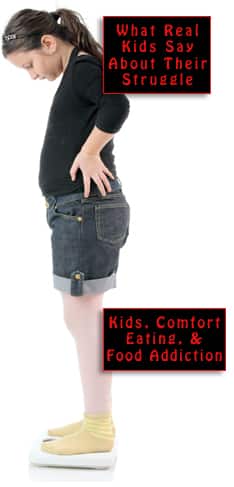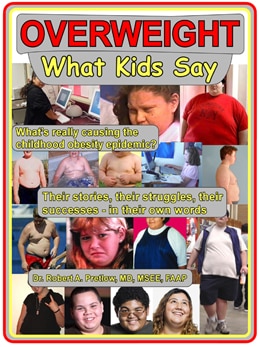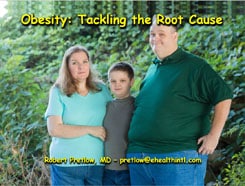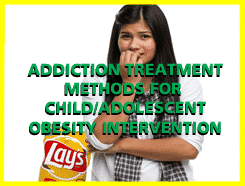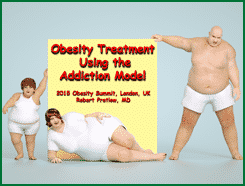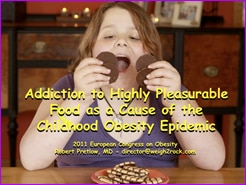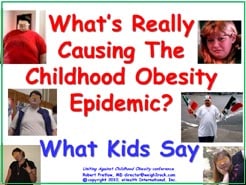Who’s Who in Obesity

This blog recently discussed school involvement in weight monitoring. This is not a top-down, federal government type of decision, but is handled more locally, and it does not seem like consensus will be reached soon, if ever. It appears that for the moment, the best we can do is count the number of young people who are officially obese.
To start with some good news: The least-obese state, Colorado, is evenly tied with the District of Columbia. In both jurisdictions, the obesity prevalence is 23.8%. Colorado is a state of the young and the fit. The built environment evolved not randomly but through thoughtfulness and deliberation:
About 87.9% of children between 2 and 19 years old in the state have easy access to parks and playgrounds… About 89.5% of communities in Colorado are built in a way that promotes physical activity — which means having plenty of sidewalks, trails, bike lanes, and walking paths.
What state has the second-lowest obesity rate? The answer seems counter-intuitive — Hawaii. Isn’t it typical to imagine a population of laid-back people enjoying the weather and natural beauty, and not caring very much about fitness? But apparently, that is not the case. In addition to a low proportion of obesity, Hawaii boasts the highest life expectancy of all the states — an impressive 81.5 years.
A group called Consumer Protect aims to improve the lives of consumers by informing, protecting, and warning the public against “unfair and unsafe products, business practices, and technologies.” The organization helps consumers to file personal injury and product liability lawsuits, and will evaluate a potential case for no cost.
Consumer Protect has released its Couch Potato Index, with figures derived from the very official Centers for Disease Control and Prevention. This was written about by Richard Meyer for a website geared toward people interested in direct-to-consumer marketing, otherwise known as advertising. Meyer wrote,
Consumer Protect looked at states where adults engage “in zero physical leisure activity…” Kentucky was No. 1, with 34.4 percent of adults in the state engaging in zero physical activity. Mississippi and Arkansas followed behind with 33.2 percent and 32.5 percent, respectively.
By a strange coincidence, slothful Mississippi is, by the CDC’s accounting, the state whose obesity rate is highest, and also the state with the shortest average life expectancy. Kentucky is the fifth fattest state, and Arkansas is the third fattest. The point here is, there is a very strong correlation between obesity, lack of exercise, and a needlessly shortened lifespan. For anyone who can face additional numbers at this point, here are some more, as phrased by Meyer:
In 2016, diseases caused by obesity and being overweight accounted for 47.1 percent of the total cost of chronic diseases in the U.S. — responsible for $480.7 billion in direct health care costs, plus $1.24 trillion in indirect costs related to lost economic productivity. The total cost of chronic diseases due to obesity in 2016 was $1.72 trillion — equivalent to 9.3 percent of the U.S. GDP that year.
Your responses and feedback are welcome!
Source: “Most Obese States 2021,” WorldPopulationReview.com, undated
Source: “This Is Where Colorado Childhood Obesity Ranks in the US,” MSN.com, 6/17/2021
Source: “What We Do,” ConsumerProtact.com, undated
Source: “Couch Potato Index,” WorldOfdtcMarketing.com, 07/31/19
Image by Infrogmation/CC BY 2.0










 FAQs and Media Requests:
FAQs and Media Requests: 